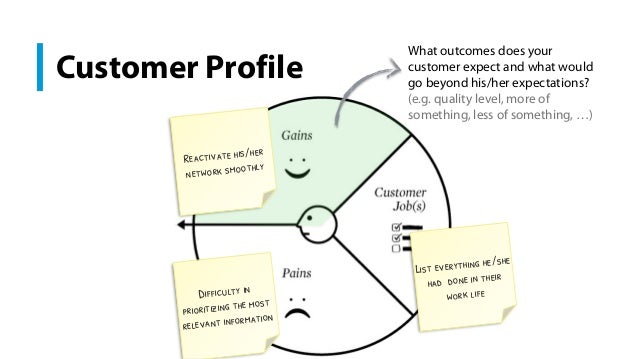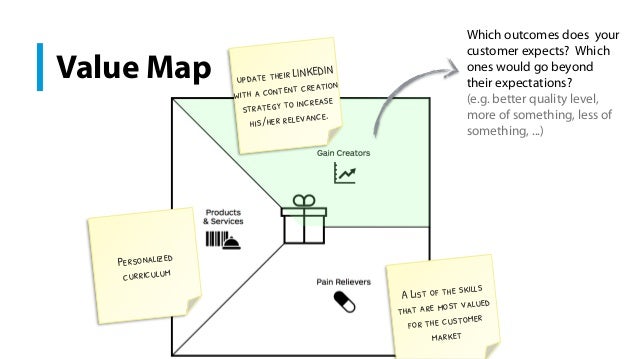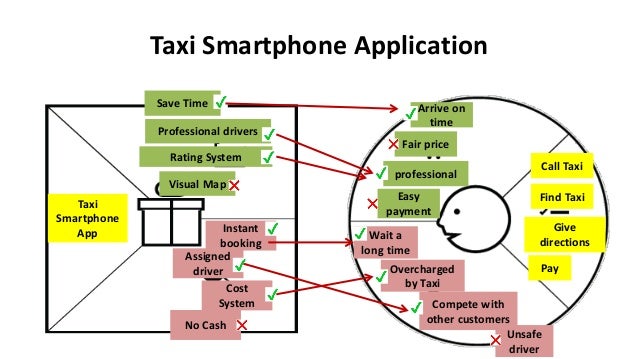Explore > Value Proposition
Why
A product or service is introduced to the market to provide a solution for a problem. Understand the type of tasks sought by the targeted audience, the pains currently faced, and what gains they expect and how they measure it. Your product needs to provide relief to the pains faced by the audience, and extend the gains required by them.
According to research by Simon Kucher & Partners 2014, customers reject nearly 7 out of 10 new products and services launched to the market. The primary reason is for not being able to effectively address the pain points faced by the target audience for a reasonable price.
How
The Value Proposition Canvas is widely used for this purpose. When a proper link is built between the pains and the pain relievers provided in the target market, it’s considered that the Problem-Solution fit and the Product-Market fit has been achieved.
In a Value Proposition Canvas, there are two segments.
The Customer Profile
Portrays tasks the target audience requires to do, the pain points, the gains and how gains are measured. 1. Tasks 2. Pain points 3. Gains

Value Map
Portrays the products and services offered, the pain relievers offered and the gain creators for the targeted audience. 1. Products & Services 2. Pain Relievers 3. Gain Creators

When the segments are identified, the mapping is reviewed by matching the pains and pain relievers, the gains, and the gain creators offered via the products and services to ease the tasks of the target audience.
The following is an image connecting the Value Map with the Customer Profile items.

